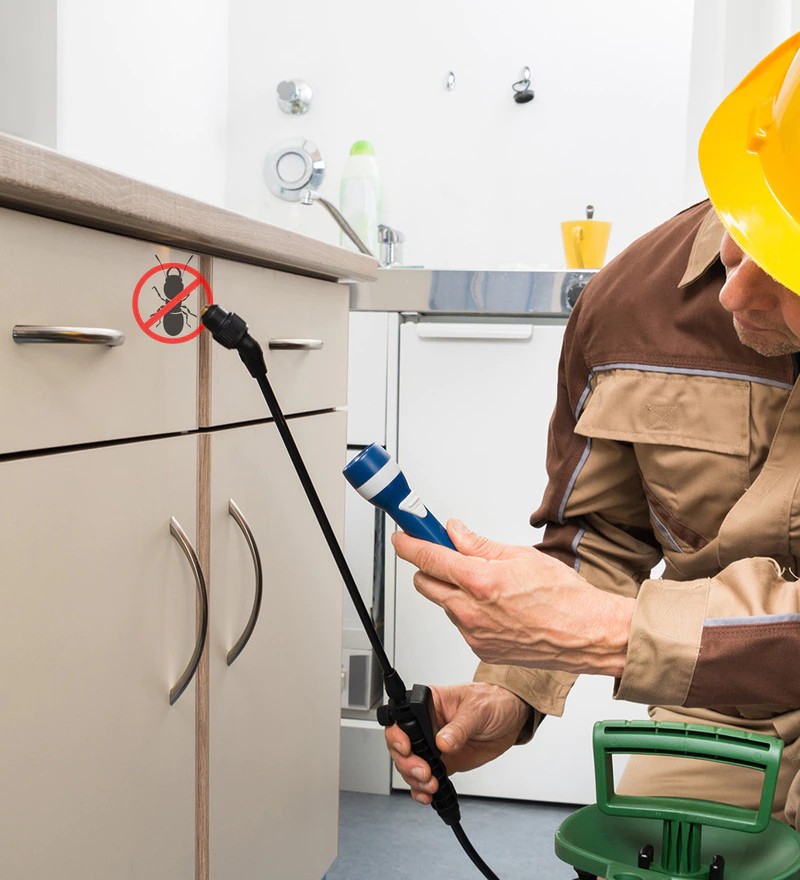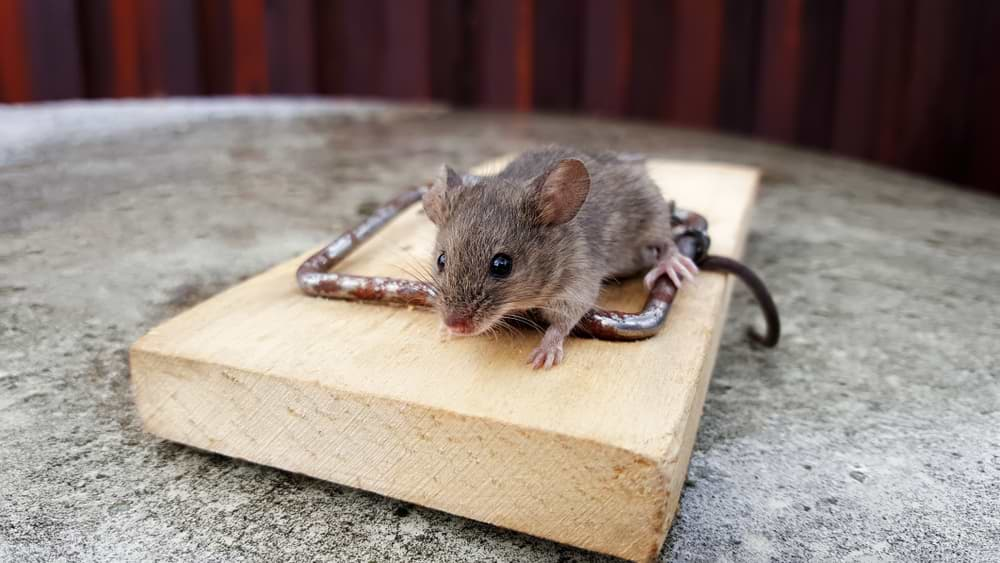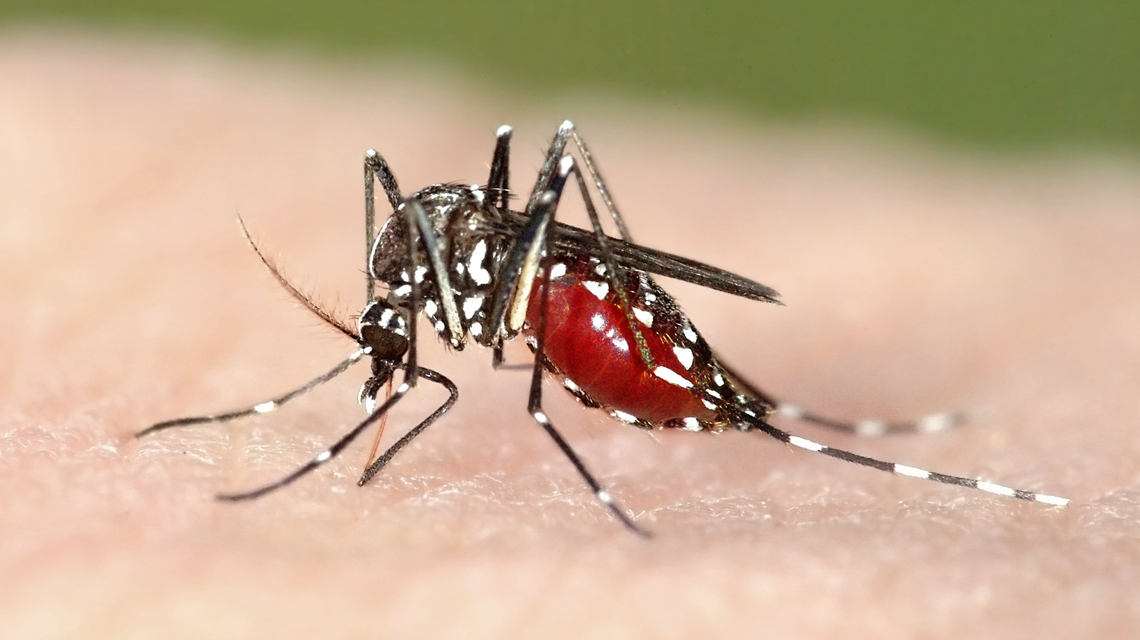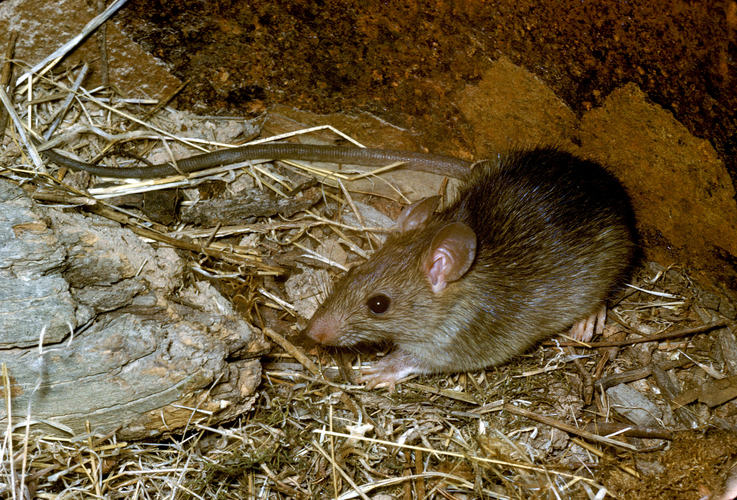Termites are small insects that look like ants but differ from ants in some ways like ants have front wings longer than hind wings while in termites both wings are of equal length. They have straight antennae while in ants antennae are bent at ninety degree angle. Termites cause damage to construction and wood, they emerge from food sources or soil or mud tubes through which they are tunnelled. They are considered pests as they cause serious damage within your entire house and have the ability to form a hole in almost each and every wall and also in your wooden furniture. So, it is very important to identify signs of their pest infestation at an early stage.
Check These To Spot A Termite Infestation
Termites cause great damage to your property and if you do not take care of it quickly then it will become an expensive problem. Some of the common signs of termite infestation are given below through which you can easily spot them:
- Blisters or Buckling in wood flooring
Termites prefer the soft part of the floor and so you can only notice their infestation until they have done a lot of damage beneath your hard floor. So, if you see blisters or buckling in the wood, it is a sign of their infestation.
- Swarmers (Flying Termites)
They branched off from their colony and are in search of mates to begin a new colony. During swarming, there are even hundreds or thousands of flying termites in a swarm. If you see any of this swarm in or near your property, then it gives you an indication that termites are present.
- Stuck doors and windows
Termites take their food from wood which is cellulose and due to this your wooden doors or windows find it difficult to open and close. These stuck doors and windows are a warning of early termite infestation.
- Drywood termite dropping (frass)
Drywood termites form their nests inside the wood and also create galleries. For cleaning these galleries, they remove their dropping outside it which lands on windows or floors in the form of pellets. The presence of these pellets shows that the termites are there.
- Damaged drywall or bubbling under paint or wallpaper
Drywall contains cellulose which is the main food of termites. They chew drywalls and leave behind small trails and pinholes. This can be noticed by the presence of bubbles under the paint or wallpaper.
- Damage to ceilings or support beams
They totally compromise the structural integrity of your house by eating support beams causing bucking or causing damage to ceilings which may result in cracks and dips. This is an indication of the presence of termites.
- Hollowed or damaged wood
Termite eats walls and hollows out wood studs within the walls leaving behind long grooves which may resemble a maze inside your walls and forms a honeycomb pattern. This is also a sign of an infestation of termites.
- Discarded termite wings
While swarming termites fly towards the windows and are attracted to light. At the time of landing, they intentionally twist their wings off. If you see piles of these discarded wings, you can be sure that your home is infested with termites.
- Mud tubes
When termites are there in your home, pencil-sized mud tubes are found where the ground meets your house. These tunnels help them in maintaining temperature and humidity levels to survive. The presence of these mud tubes gives an indication of the presence of termites.
- Live termites
The best way to spot a termite is to be lively. When you see them flying or spot them anywhere else then you will ensure that your home is infested with termites.
- Mouldy scents
When termites are present in wood in high moisture situations and if you notice a mouldy smell then this smell is an indication of the presence of termites.
- Overly squeaky floors and loosening tiles
After eating the flooring, the termites loosen your tiles which results in noise as you walk over them. With this, you can give a prediction of the termite’s presence.
Summary
Now you are clear about what termites look like and how they differ from ant. You also now know what are the ways in which you can spot termites. So, after knowing the termite’s presence, you can treat them with chemical treatments, and non-chemical treatments, which include conventional barrier treatments and termite baits. After treatment, you must maintain the area properly to prevent re-infestation.
Read More:- 6 Essential Tips For Effective Pest Control In Your Business.





